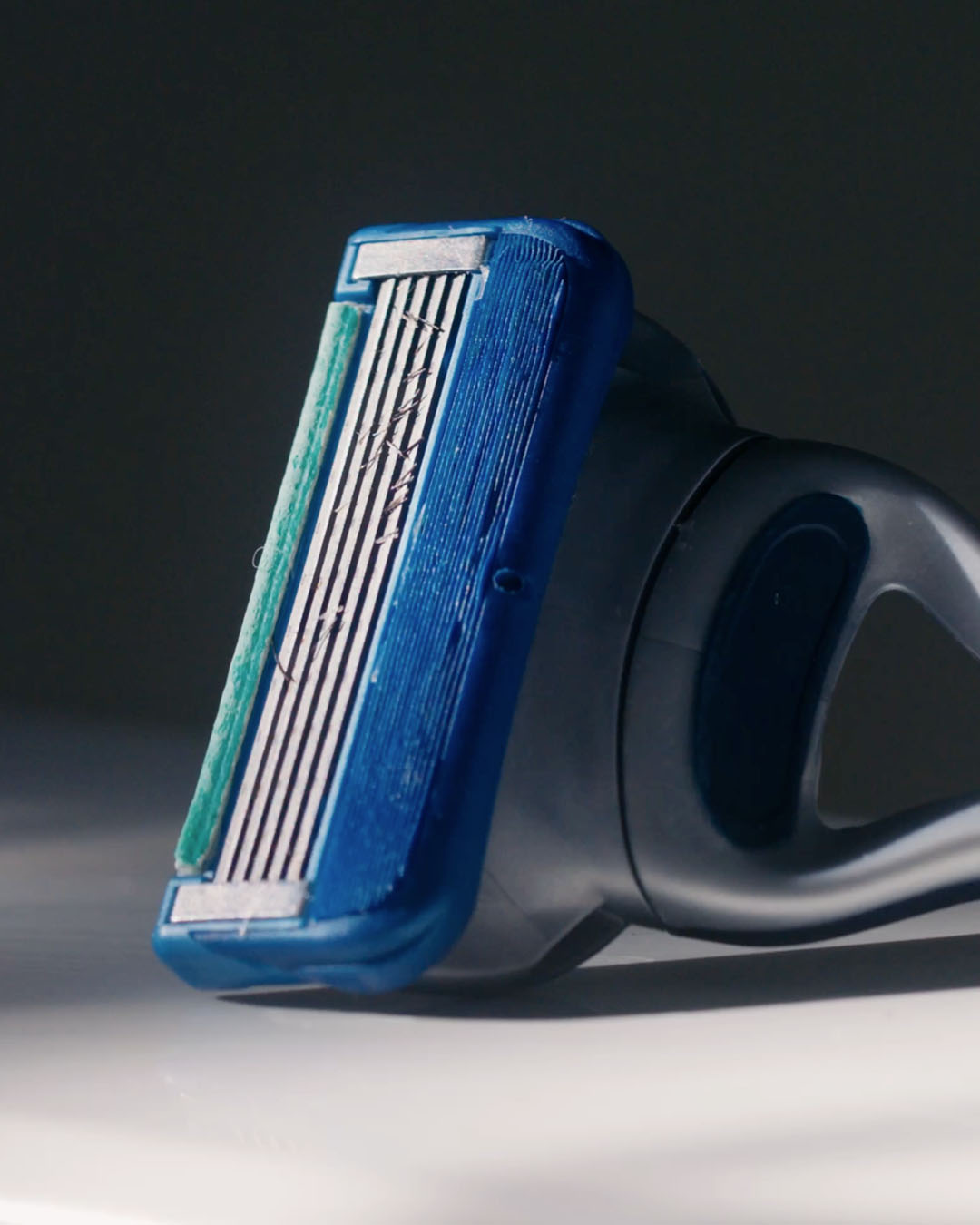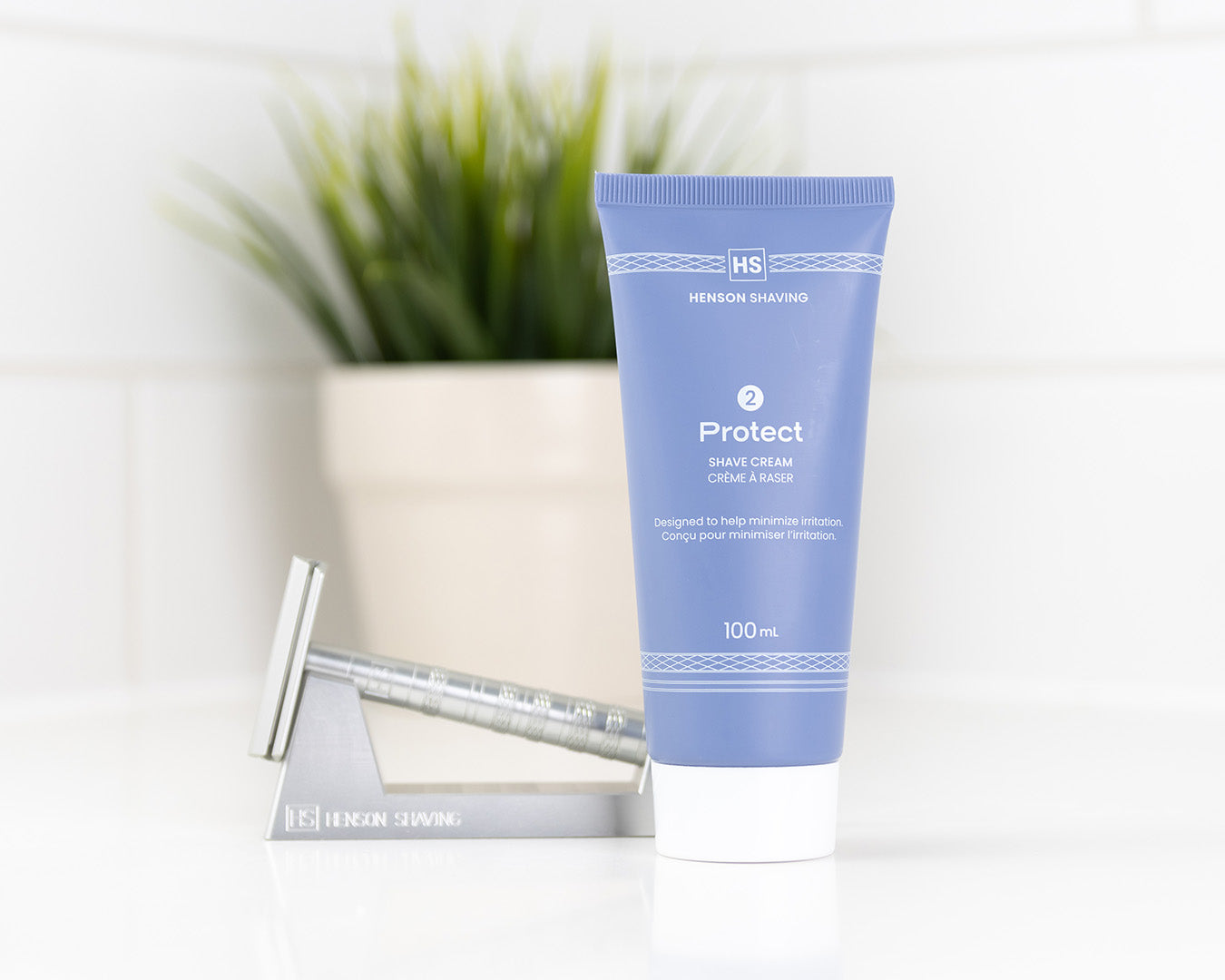
If you were born after 1970, there’s a very good chance your first razor was a multi-blade razor. These razors have been the status quo for over half a century, but where has that gotten us?

According to a recent study, two-thirds of men expect some irritation when they shave.
There's been a huge regression in shaving technique because of cartridge razors.
Over 2 Billion plastic razors enter the landfill each year in the US alone.
The razor-razor blade model leads to high operating costs.
More and more people are opting to either stop shaving or explore other more invasive hair removal methods.

We've found that there is very little real data on how to shave and the effects it has on your skin. We wanted to shine some light on what may be one of the most common activities humans do so when you do shave, the outcomes are positive and you get a result you're happy with consistently.
Our partnership with MIMOSA Diagnostics positions Henson as the first shaving company to be able to analyze the body's reaction to shaving at a level of detail not yet seen.

Dr. Karen Cross is the founder and CEO of Mimosa Diagnostics, a medical device company. She is a trained surgeon and engineer as well. The Mimosa Pro is the technology anchor to Henson’s research on shaving induced erythema.

Dr. Eduardo Perez has a PhD in Biochemistry and Molecular Biology from Rutgers University where he studied signal transduction before joining the Signum Biosciences team and eventually becoming their Chief Science Officer.

Dr. Mary Claire Peirson, HBSc., M.D., C.C.F.P, is the co-owner and medical director of ArtMed with extensive experience in family medicine, public health, infectious disease, and medical aesthetics. She holds degrees from Wilfrid Laurier University, the University of Toronto, and McMaster University.
Participants came to our offices, washed and dried their faces, and a number of variables were measured and accounted for like skin temperature, water temperature and shaving cream ingredients.
Participants shaved one side of their face and neck with Henson, and one side of their face and neck with a leading multi-blade cartridge razor.
Using Mimosa's proprietary medical imaging device, the irritation response of the skin was recorded at set intervals: immediately before the shave, immediately post shave, five minutes post shave, and ten minutes post shave.
The results of both our tests have shown that the Henson Razor produced less razor burn, and now we’re researching all aspects of the shave routine to uncover the best things to do before, during and after the shave.
And we’re just getting started.


The shaving industry has failed consumers by prioritizing profits over skin health, perpetuating a cycle of irritation and discomfort. Despite advancements in technology, razors have remained largely unchanged, with manufacturers focusing on trivial features rather than addressing the root causes of shaving-related issues.



